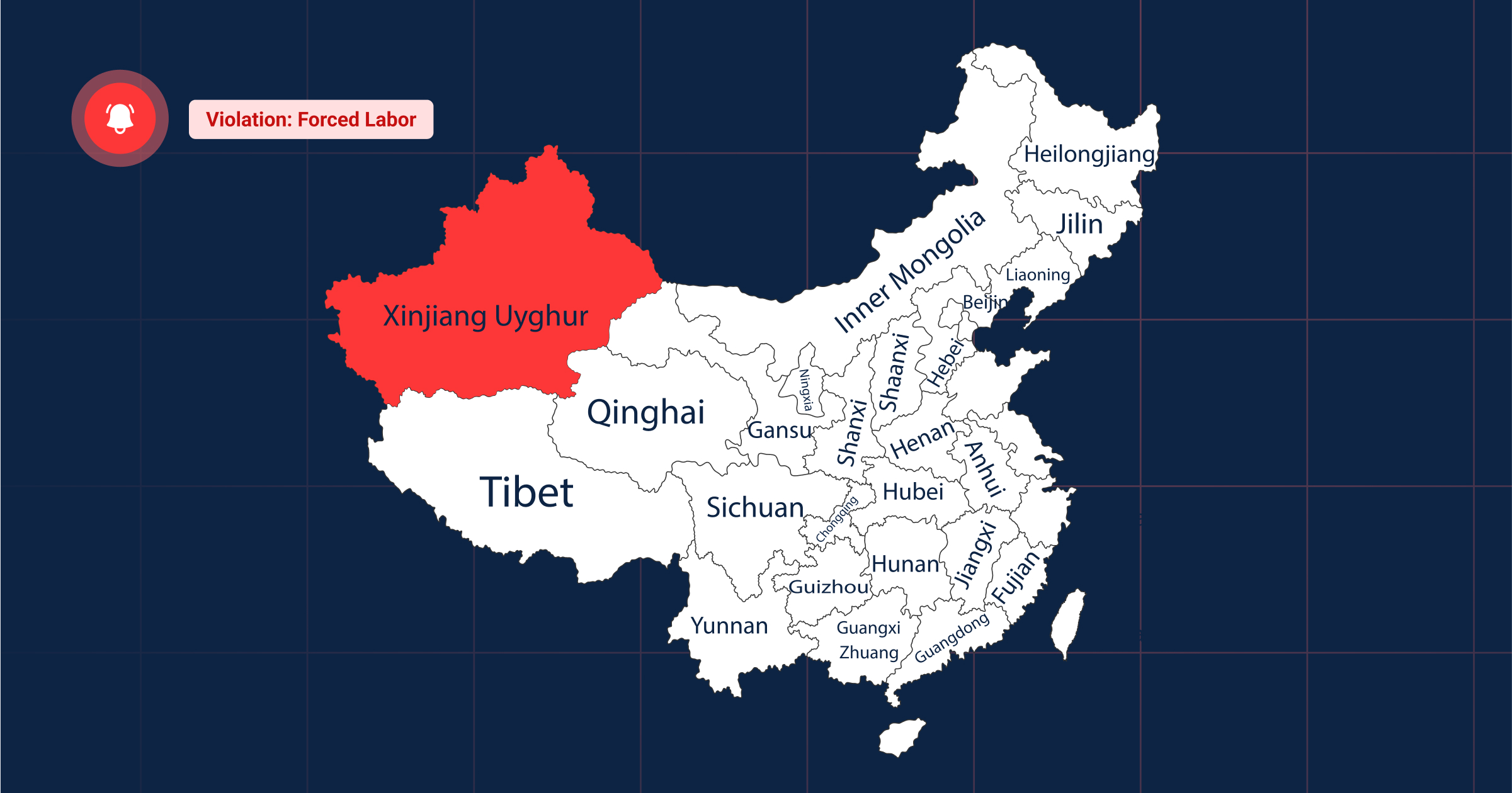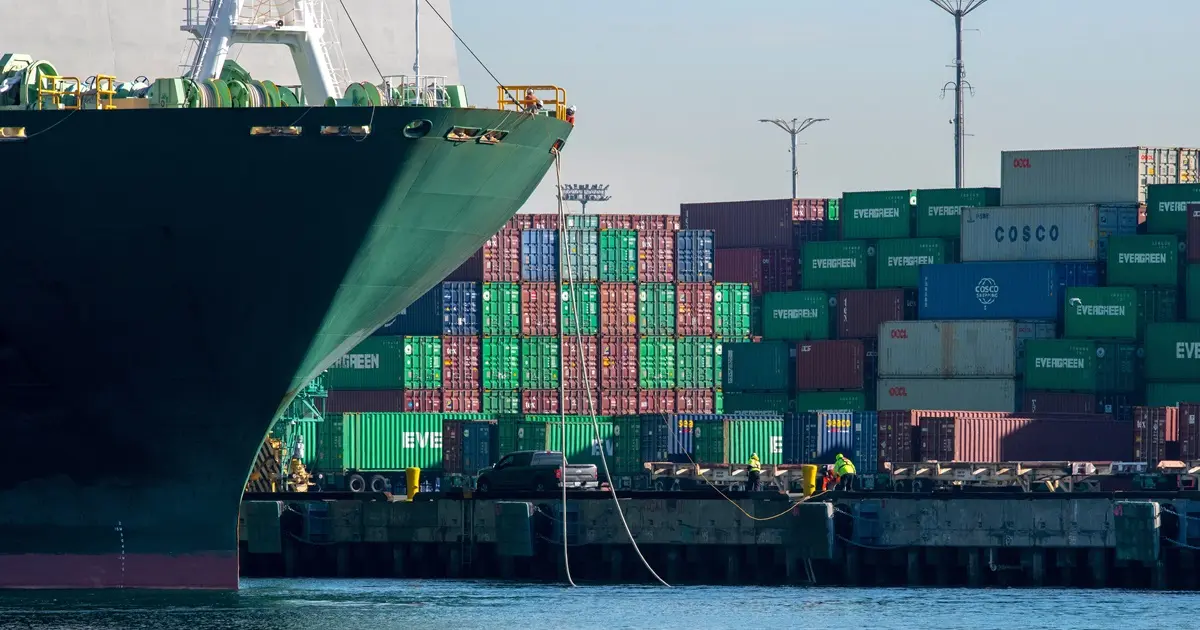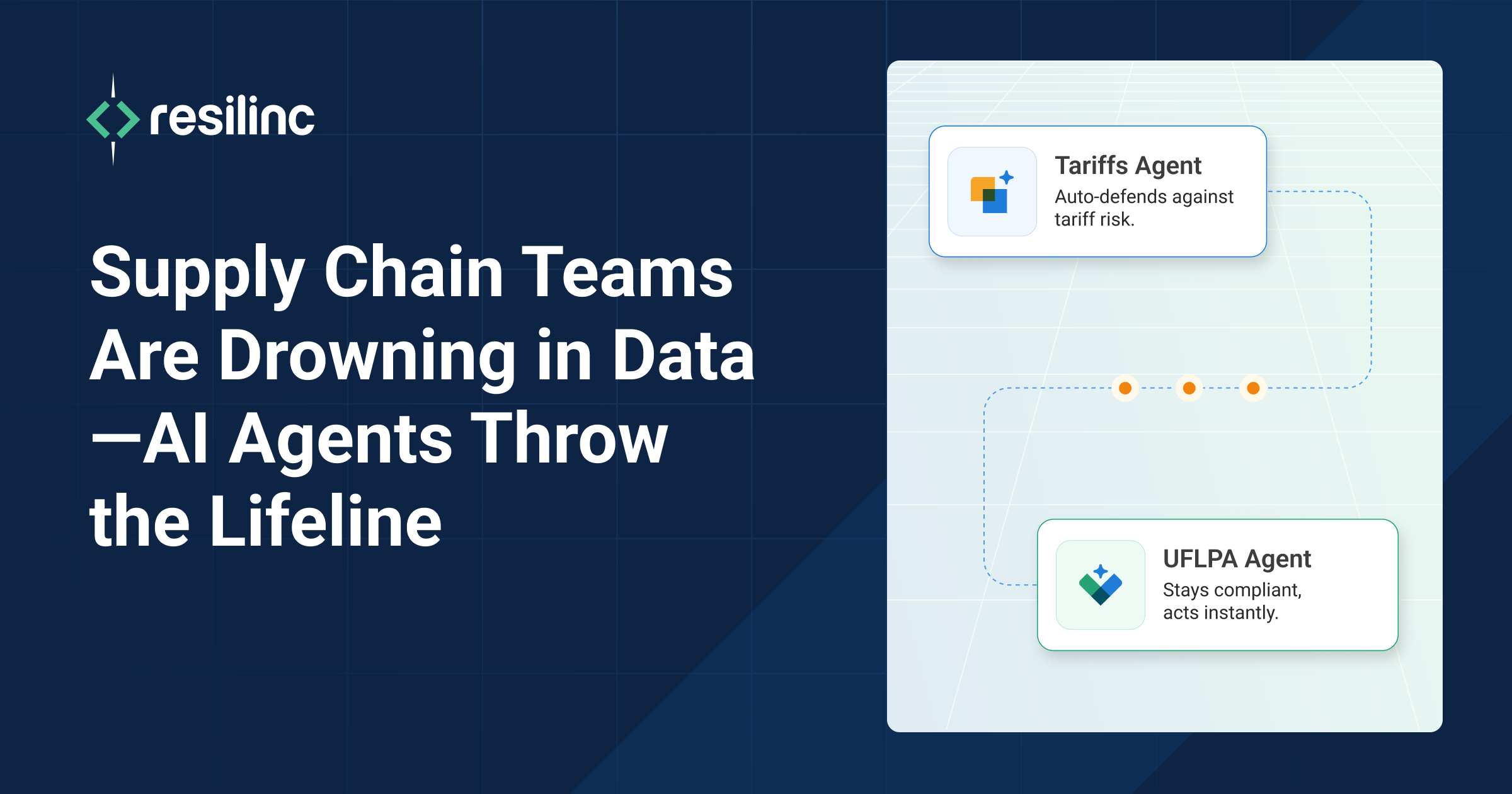With enforcement of the Uyghur Forced Labor Prevention Act ramping up, supply chain leaders face mounting pressure to uncover and eliminate hidden risks buried deep within their supplier networks.
As global supply chains become more intricate, so too does the risk landscape for companies importing goods into the U.S. The enforcement of the Uyghur Forced Labor Prevention Act (UFLPA)—which took effect in June 2022—has only intensified, with Customs and Border Protection (CBP) ramping up scrutiny, especially in industries with exposure to upstream raw materials sourced from the Xinjiang Uyghur Autonomous Region (XUAR) in China.
In 2025, forced labor is no longer just an ethical or reputational concern—it’s a financial and operational risk. With detention orders on the rise and CBP expanding its enforcement scope, companies across sectors are being forced to confront the weakest links in their supplier networks.
New Data, Broader Enforcement
According to CBP, over $3.17 billion in shipments have been detained under UFLPA since enforcement began. Initial efforts targeted four sectors—cotton, tomatoes, polysilicon, and apparel—but recent detentions include auto parts, aluminum, and electronics, showing a shift from finished goods to upstream commodities.
A staggering 20% of the world’s cotton and over 40% of its polysilicon—a critical material for solar panels—still originates from Xinjiang. Even if a product is assembled elsewhere, if any component or raw material traces back to this region, it is presumed guilty under UFLPA.
Presumption of Guilt: What Companies Face in 2025
Under the UFLPA, all goods linked to Xinjiang or associated with entities on the Forced Labor Enforcement Task Force (FLETF) list are subject to a “rebuttable presumption”—meaning they’re assumed to be tainted by forced labor unless importers can prove otherwise with “clear and convincing evidence.”
This burden of proof is substantial. Companies must present:
- Comprehensive supply chain mapping
- Supplier audits and traceability records
- Proof of sourcing origin down to raw materials
CBP has also begun leveraging AI and satellite data to track agricultural and industrial operations in XUAR, meaning that traditional due diligence alone is no longer sufficient.
Why Lower-Tier Mapping Is Mission-Critical
Many organizations only have visibility into tier-1 and tier-2 suppliers. But forced labor often happens at the raw material extraction level or in mid-tier manufacturing. That’s where Resilinc’s Multi-Tier Mapping, EventWatchAI, and UFLPA agent come into play by:
- Revealing hidden relationships between parts, sites, and suppliers
- Monitoring real-time geopolitical and regulatory risks
- Alerting companies to potential UFLPA violations before shipments are detained
- Automating and acting upon mitigation recommendations with human-in-the-loop
This capability isn’t optional anymore—it’s a compliance necessity.
From Risk Mitigation to Competitive Advantage
Complying with forced labor laws isn’t just about avoiding fines or border delays—it’s about building resilient, responsible supply chains. Companies that can prove ethical sourcing will increasingly win favor with regulators, investors, and customers.
Meanwhile, those without transparent sourcing face:
- Shipment detentions
- Brand damage
- Loss of government contracts (especially under DFARS, Buy American Act, and other federal procurement rules)
How Resilinc Helps: Purpose-Built Tools for UFLPA Compliance
Resilinc’s agentic AI platform is engineered to help companies proactively manage forced labor risk and meet UFLPA enforcement requirements—at scale. Our AI-powered tools combine automation, intelligence, and supplier collaboration to reduce compliance friction and protect your supply chain.
Key capabilities include:
- UFLPA Compliance Agent: A specialized AI agent built to monitor and manage UFLPA-related risk. It proactively scans your supply chain for flagged suppliers and materials tied to the UFLPA Entity List, recommends mitigation actions, and generates audit-ready compliance documentation—without manual intervention.
- Multi-Tier Mapping: Gain validated, part-to-site visibility across sub-tier suppliers, enabling you to pinpoint materials and components that may originate from Xinjiang—even several tiers deep.
- Forced Labor Monitoring: Stay ahead of enforcement actions with EventWatchAI, which tracks global media, regulatory updates, and CBP actions across 100+ languages to detect forced labor violations and sanctions risk in real time.
- Supplier Collaboration Tools: Request certifications, conduct risk assessments, and document compliance directly within the Resilinc platform—streamlining communication and increasing accountability across your network.
- Pre-Built Workflows for UFLPA Audits: Automatically generate supplier due diligence reports and evidence packages that meet CBP’s “clear and convincing” standard—saving teams weeks of manual effort.
Conclusion
In a regulatory environment that presumes guilt, only those companies that invest in real supply chain visibility will stay ahead of the curve. Whether you’re in automotive, electronics, life sciences, or manufacturing, now is the time to operationalize transparency and resilience—not just in theory, but across every tier of your supply chain.
Ready to assess your UFLPA exposure? Schedule a demo to see how Resilinc’s Multi-Tier Mapping and UFLPA agent work in action.




